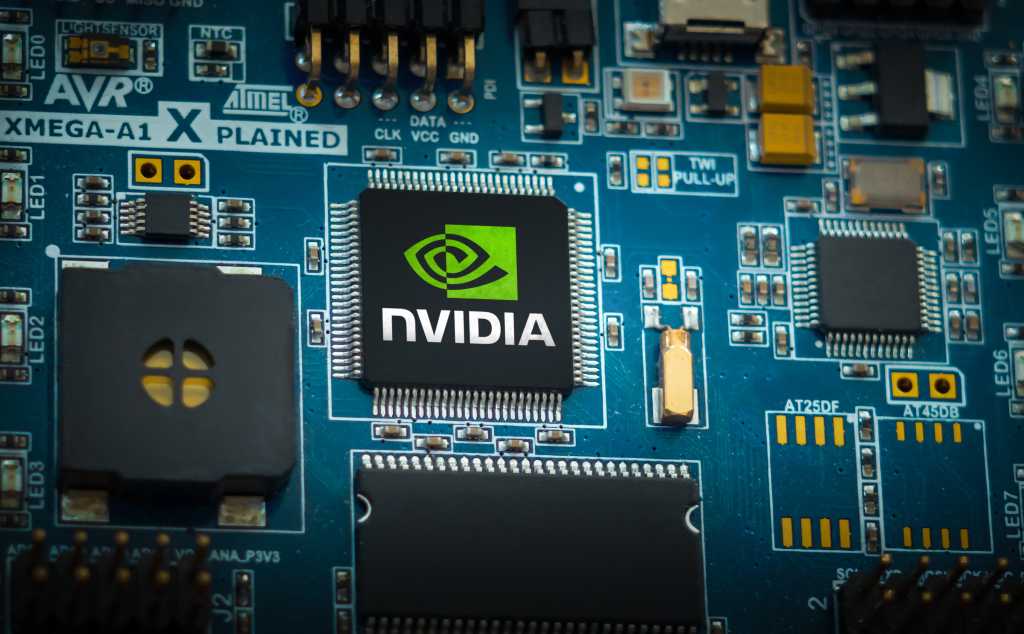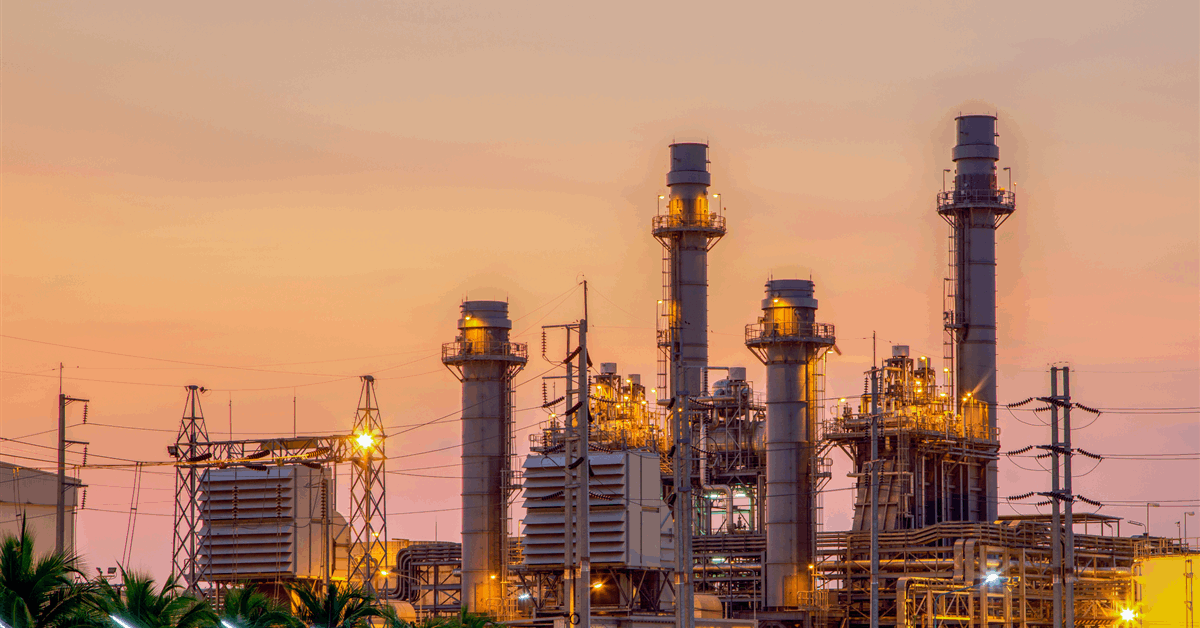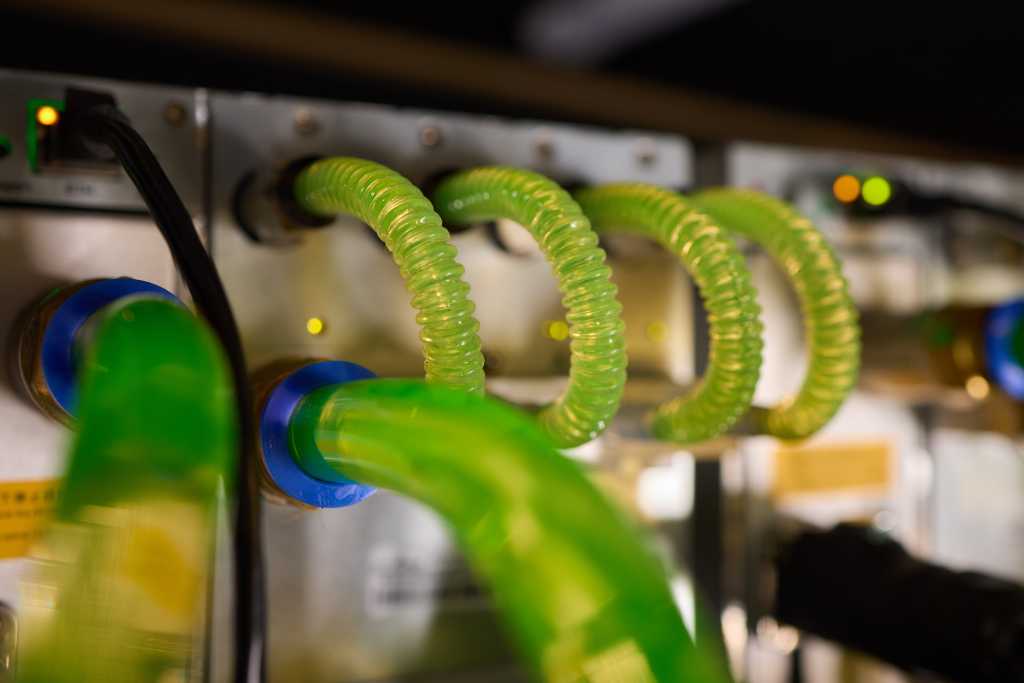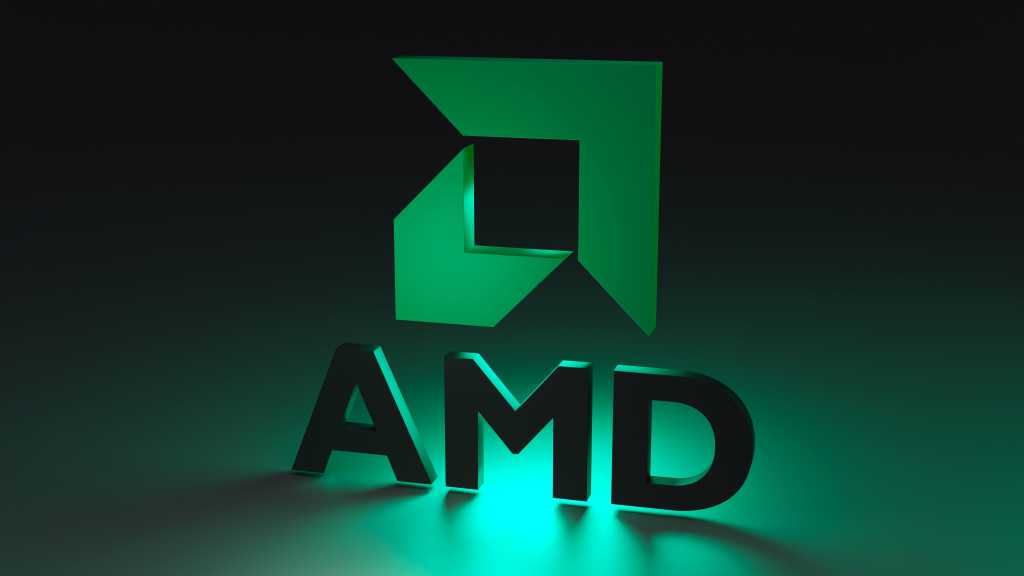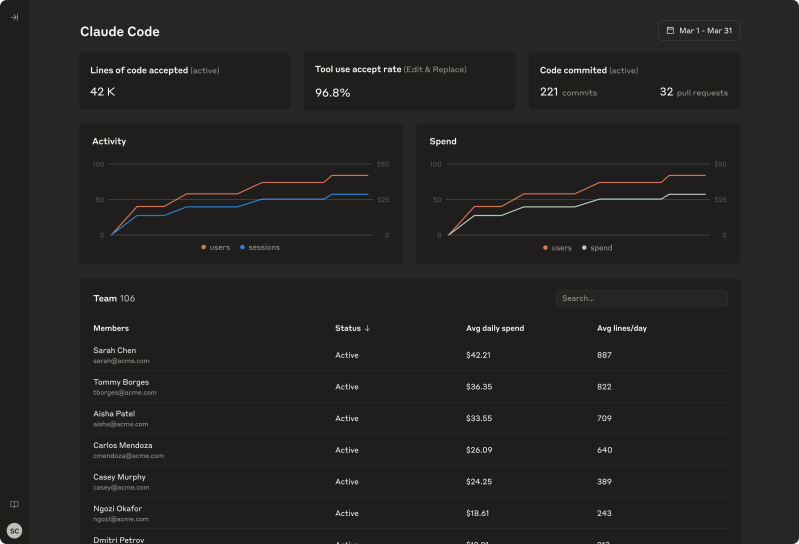
In a report sent to Rigzone by the Macquarie team late Monday, Macquarie strategists revealed that they are forecasting that U.S. crude inventories will be up by 1.2 million barrels for the week ending July 11.
“This follows a 7.1 million barrel build in the prior week, with the crude balance again realizing significantly looser than our expectations,” the strategists stated in the report.
“For this week’s crude balance, from refineries, we model another small reduction in crude runs (-0.1 million barrels per day). Among net imports, we model a modest reduction, with exports (+0.7 million barrels per day) and imports (+0.4 million barrels per day) up on a nominal basis,” they added.
The strategists warned in the report that timing of cargoes remains a source of potential volatility in this week’s crude balance.
“From implied domestic supply (prod.+adj.+transfers), we look for a reduction (-0.7 million barrels per day) on a nominal basis this week,” the strategists went on to note in the report.
“Rounding out the picture, we anticipate a small draw in SPR [Strategic Petroleum Reserve] stocks (-0.3 million barrels) this week,” they said.
The strategists also highlighted in the report that, “among products”, they “look for muted stats this week, with a gasoline draw (-0.8 million barrels), a jet build (+0.6 million barrels) and distillate stocks minimally lower”.
“We model implied demand for these three products at ~14.5 million barrels per day for the week ending July 11,” they added.
“We again note with the July 4th holiday falling on a Friday this year, the timing/magnitude of holiday impacts (particularly for distillate demand) could introduce additional volatility in this week’s stats,” the strategists continued.
“Should the bulk of the July 4th distillate demand loss manifest in this week’s figures, a looser distillate balance could be realized,” they went on to state.
In its latest weekly petroleum status report, which was released on July 9 and included data for the week ending July 4, the U.S. Energy Information Administration (EIA) highlighted that U.S. commercial crude oil inventories, excluding those in the SPR, increased by 7.1 million barrels from the week ending June 27 to the week ending July 4.
Crude oil stocks, not including the SPR, stood at 426.0 million barrels on July 4, 419.0 million barrels on June 27, and 445.1 million barrels on July 5, 2024, the EIA report showed. The report highlighted that data may not add up to totals due to independent rounding.
Crude oil in the SPR stood at 403.0 million barrels on July 4, 402.8 million barrels on June 27, and 373.1 million barrels on July 5, 2024, the report revealed. Total petroleum stocks – including crude oil, total motor gasoline, fuel ethanol, kerosene type jet fuel, distillate fuel oil, residual fuel oil, propane/propylene, and other oils – stood at 1.649 billion barrels on July 4, the EIA report pointed out. Total petroleum stocks were up 6.6 million barrels week on week and down 9.2 million barrels year on year, the report showed.
In an oil and gas report sent to Rigzone by the Macquarie team on July 8, Macquarie strategists revealed that they were forecasting that U.S. crude inventories would be up by 2.7 million barrels for the week ending July 4.
“This follows a 3.8 million barrel build in the prior week, with the crude balance realizing significantly looser than our expectations,” the strategists said in that report.
The EIA’s next weekly petroleum status report is scheduled to be released on July 16. It will include data for the week ending July 11.
To contact the author, email [email protected]



